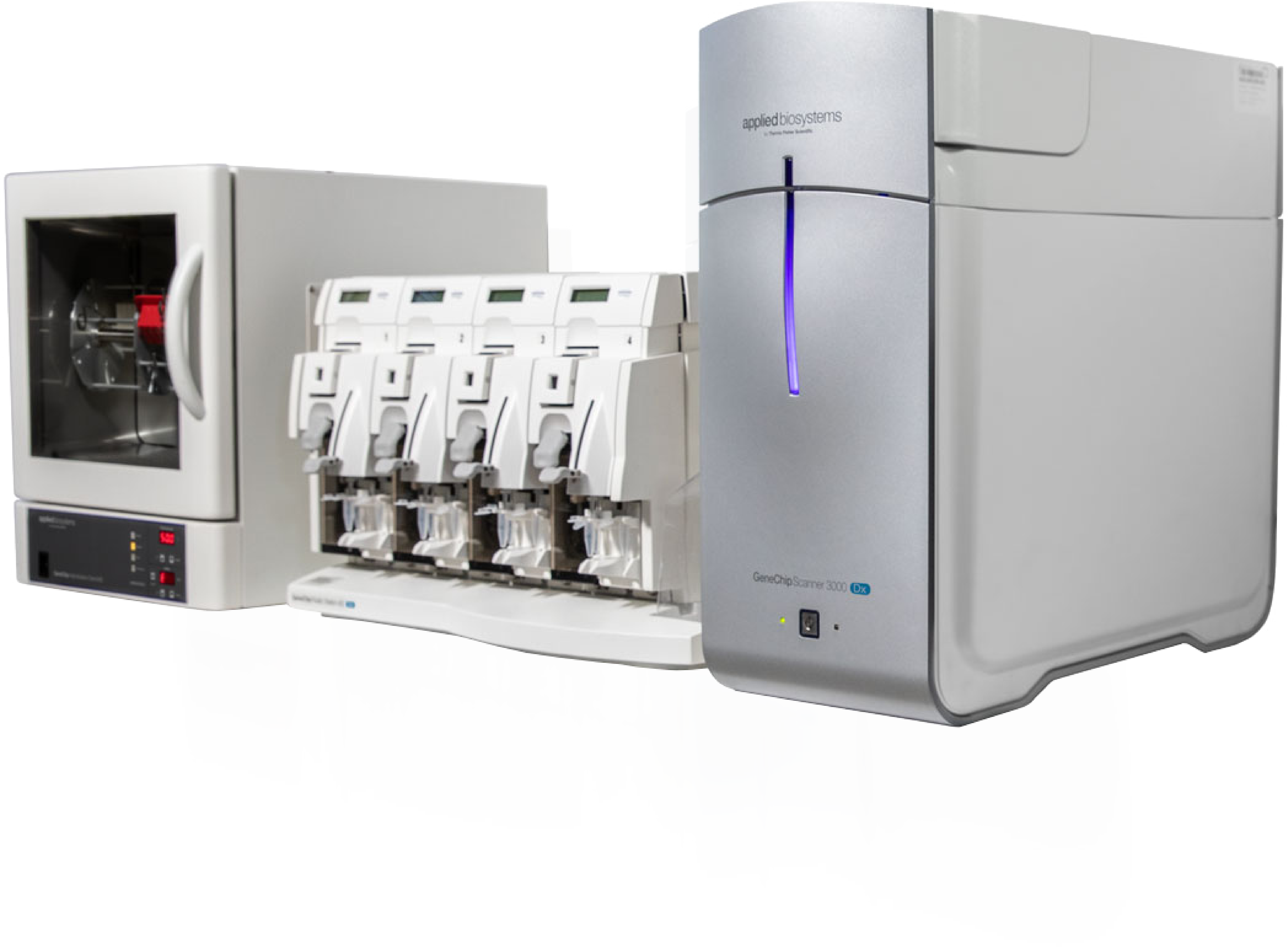Chromosomal Microarray (CMA): A New Standard in Cytogenetic Analysis
For over six decades, conventional karyotyping using G-banding has played a pivotal role in prenatal and postnatal cytogenetic diagnostics. However, as genomic technologies evolve, the limitations of traditional karyotyping—such as low resolution, lengthy turnaround time, the need for cell culture, and reliance on experienced cytogeneticists—have become more apparent in today’s clinical landscape.
Chromosomal microarray (CMA) represents a major leap forward. With its higher resolution and culture-free workflow, CMA enables the detection of submicroscopic chromosomal abnormalities (e.g., microdeletions, microduplications) that would otherwise be missed by conventional methods.

What is CMA?
CMA is a whole-genome scanning technique that uses hundreds of thousands to millions of immobilized DNA probes to detect copy number variations (CNVs) and single nucleotide polymorphisms (SNPs). It can be performed on DNA extracted from fresh or archived (FFPE) tissue without requiring live, dividing cells—offering a distinct advantage over traditional cytogenetic methods.
---
Why CMA is superior to conventional karyotyping
- Higher resolution: CMA detects abnormalities as small as a few hundred kilobases, while G-banding only captures changes >5–10 megabases.
- No cell culture required: Enables faster results and avoids artifacts from culture-induced mosaicism.
- Detection of copy-neutral anomalies: Such as copy-neutral loss of heterozygosity (cnLOH), uniparental disomy (UPD), and long contiguous stretches of homozygosity (LCSH)—undetectable by karyotyping.
- Compatible with FFPE or archived specimens: Essential for cases like miscarriage analysis where fresh tissue is unavailable.
- Enhanced sensitivity to mosaicism: The use of bulk genomic DNA allows better detection of low-level mosaicism.
---
Clinical and research applications
1. High-risk pregnancies
- CMA is endorsed as a first-tier test by numerous professional bodies (e.g., ACOG, SMFM, ACMG).
- It provides an additional diagnostic yield of 5–10% in fetuses with increased nuchal translucency (NT), structural anomalies, or intrauterine growth restriction—even when karyotype is normal.
2. Postnatal diagnosis
- CMA is the recommended first-line test for individuals with autism spectrum disorder (ASD), developmental delay (DD), intellectual disability (ID), or multiple congenital anomalies (MCA) of unknown cause, with a diagnostic yield of 15–20%.
3. Pregnancy loss and products of conception (POC)
- CMA enables analysis of FFPE samples from previous losses, providing meaningful insights for couples with recurrent miscarriage or previous unexplained pregnancy loss.
4. “Normal karyotype” but abnormal phenotype
- Numerous case studies highlight the ability of CMA to detect clinically significant de novo CNVs in patients with a normal 46,XX karyotype, revealing complex rearrangements invisible to G-banding.
---
Limitations and complementary use
CMA does not detect balanced structural rearrangements (e.g., translocations or inversions without CNV). For these cases, G-banding or FISH may still be necessary. In practice, a combined platform approach may be the most comprehensive strategy depending on clinical context.
---
Cost-effectiveness and clinical impact
Though CMA has a higher upfront cost than G-banding, health economic analyses have repeatedly shown that CMA is more cost-effective due to its greater diagnostic yield and ability to reduce the need for follow-up testing. It helps avoid unnecessary procedures and guides management decisions earlier and more accurately.
---
Conclusion
CMA is rapidly becoming the new gold standard in genomic evaluation for prenatal and pediatric genetics. Its high resolution, flexibility with sample type, and broad clinical utility make it a vital tool in modern laboratories committed to delivering actionable genetic insights.
Contact us to receive support in developing a CMA solution tailored to your clinical or research needs.
Selected References
- Miller DT et al. (2010). Chromosomal microarray is a first-tier clinical diagnostic test for individuals with developmental disabilities or congenital anomalies. American Journal of Human Genetics, 86:749–764.
- Hay SB et al. (2018). ACOG and SMFM guidelines for prenatal diagnosis: Is karyotyping really sufficient? Prenatal Diagnosis, 38(3):184–189.
- Cicatiello R et al. (2019). Chromosomal microarray analysis versus karyotyping in fetuses with increased nuchal translucency. Medical Sciences, 7(3):40.
- Sahoo T et al. (2017). Comprehensive genetic analysis of pregnancy loss by chromosomal microarrays: outcomes, benefits, and challenges. Genetics in Medicine, 19(1):83–89.
- Li Y et al. (2018). Cost effectiveness of karyotyping, chromosomal microarray analysis, and targeted next-generation sequencing of patients with unexplained global developmental delay or intellectual disability. Molecular Diagnosis & Therapy, 22:129–138.


